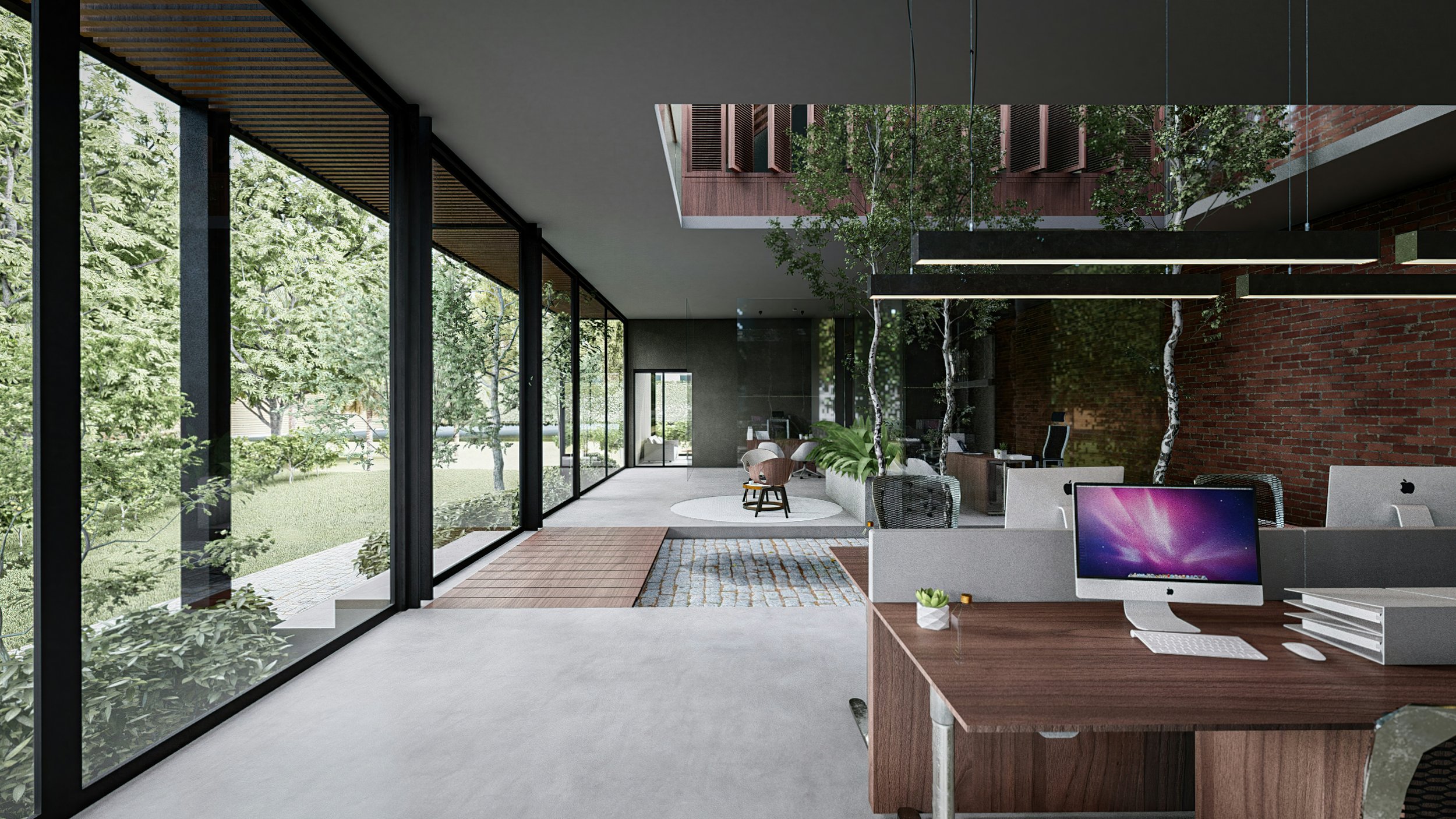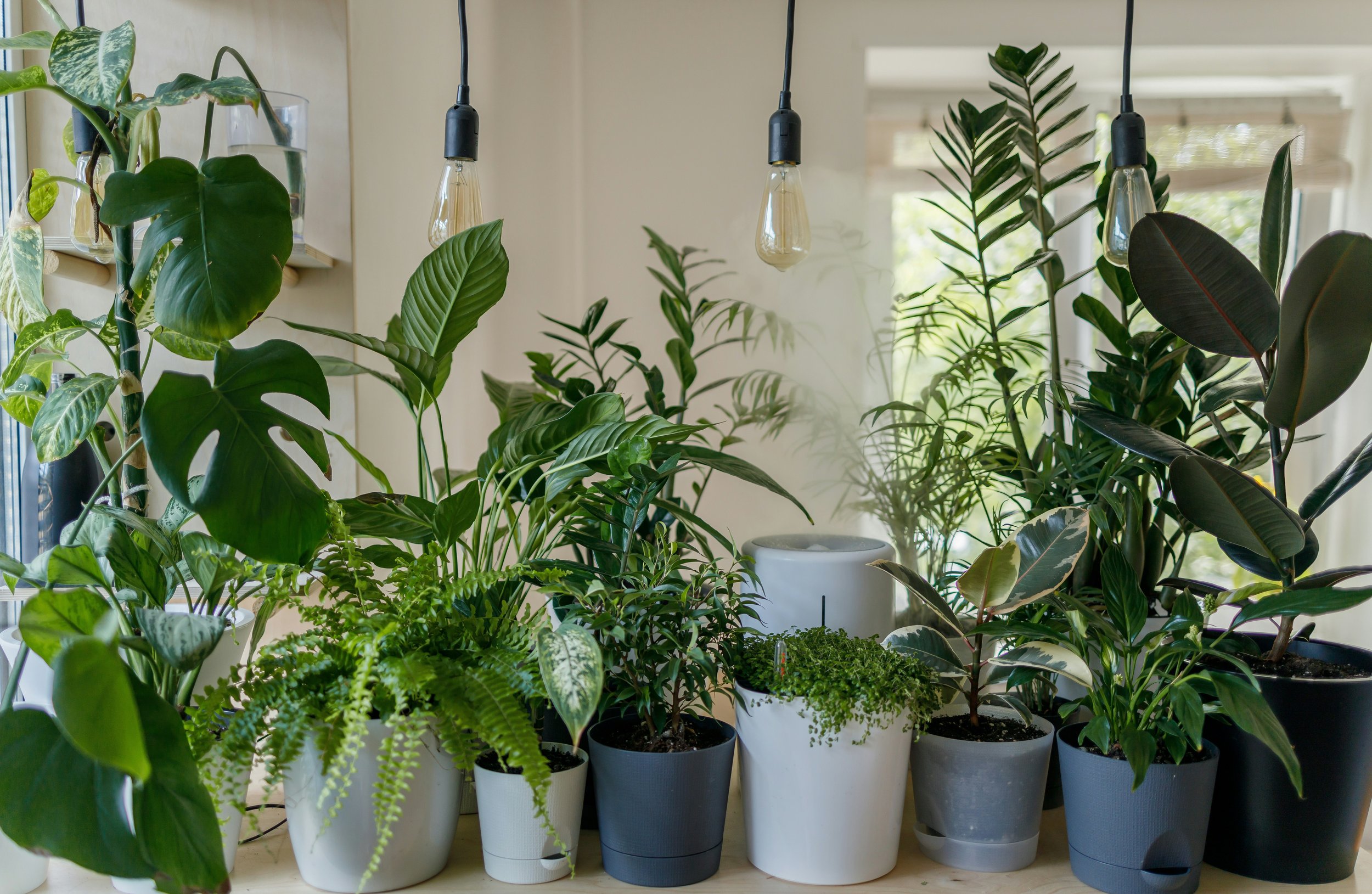How to Create a Sustainable Home Garden: 2025 Guide
Learn how to create a sustainable home garden with eco-friendly tips and practices to grow your own produce and reduce your carbon footprint.
Curb appeal can increase the value of a home, as much as 7% according to some studies. But how do you create an aesthetically pleasing space that doesn’t harm the environment? Sustainable gardening is the solution, allowing you to produce better soil, conserve water, manage pests organically, and create a yard that makes as little impact as possible. Let’s take a look at how to implement the practice of a sustainable garden.
What is Sustainable Gardening? Overview
Sustainable gardening aims to combine organic gardening with resource conservation in order to support the ecosystem and cause as little harm as possible. The principles of sustainable gardening are commonly referred to as permaculture. Sustainable gardens aim to improve soil health, conserve water, use the best plants and materials, and support local animals and insects.
How to Choose the Right Location for Your Garden
Before you can begin gardening, you need to choose the best space for your plants. An area with a good amount of sun exposure can be critical. While the exact amount of sunlight needed will depend on the plants you choose, an optimal amount tends to be around 6 to 8 hours of direct sunlight per day. You will also want to consider the quality of soil of your chosen space, and the proximity to your water source. The closer the water, the less need for cumbersome hoses.
If you are in an urban space, do not despair! You can participate in sustainable gardening as well, through rooftop gardening or container gardening. Rooftop gardening adds soil or garden beds for plants to a roof, and assists reducing rain runoff and promotes reduction of carbon emissions and heat. Container gardening includes buckets, raised beds, window boxes, hanging baskets, and other methods on a balcony, small patio or yard, or other similar spaces. Just make sure to consider soil depth for the desired plants and ensure that there is adequate drainage.
Sustainable Gardening Tips for an Eco-Friendly Yard
Once you have decided where to have your garden, it is time to get started! Here are nine tips for a successful sustainable garden.
Prepare the Soil for Sustainable Growth
The foundation of a healthy garden is the soil. A healthy soil will be full of organisms that convert organic matter and minerals to nutrients for your plants. Test your soil to determine what kind of nutrients your soil is lacking. Too much fertilizer can also create over plant growth that can promote disease, and too little nutrients can of course result in poor growth. Add healthy nutrients with natural methods such as composting. Avoid synthetic fertilizers like nitrogen fertilizers, as they contribute to runoff pollution and greenhouse emissions. Peat moss should also be avoided, as harvesting peat moss contributes to carbon dioxide release. Mulches on top of soil can assist in moisture retention or drainage.
Another great way to prep soil is double digging. First, remove the top foot of soil from the garden area and add it to your compost pile. Dig another foot down without removing to aerate the remaining soil. Finally, mix in compost or other natural soil amendments. Double digging assists in retaining nutrients and improving soil drainage.
Sustainable Watering Practices
A big part of successful gardening is watering, and the conservation of water is in turn an important piece of sustainable gardening. Watering too little causes poor plant growth of course, but overwatering leads to disease and water waste. Begin by selecting better watering tools. For gardens, choosing a drip irrigation system or soaker hose over an oscillating sprinkler can better direct water to the soil and results in less water loss to evaporation.
Consider a garden water filter to improve water quality. For example, municipal tap water will contain impurities such as chlorine and chloramines, heavy metals, pharmaceuticals, pesticides, and PFAS that can be detrimental to soil and plant health. Chlorine is used in municipal water to eradicate harmful bacteria, but it will also build up and harm helpful bacteria and microorganisms found in your soil, which is particularly problematic if you are practicing organic gardening methods. Luckily, chlorine reduction, as well as reduction of some heavy metals, pharmaceuticals, and PFAS can be achieved with carbon filters. Carbon water filters are also a great choice for gardening as while they absorb harmful chemicals, they allow beneficial minerals to remain.
Another strategy to reduce the use of irrigation water is rainwater harvesting. Rainwater harvesting collects rainwater from surfaces like roofs or driveways in a storage bin like a barrel or cistern for later use. Rain is an excellent natural water source for plants. Collecting rain also assists in the reduction of NPS pollution (non-point source pollution) as rain runoff tends to collect pesticides, salts, waste, and other hazards that can then end up in rivers, lakes, and other bodies of water.
Select Sustainable Plants
The plants you choose can contribute to water conservation efforts. Native plants to your area are better suited for less water and fertilization as they are more acclimated to local weather patterns and soil. A good goal is to try for 70% native plant species in your garden space. Discover native plants for your area by using online plant finders, consulting a local nursery, or looking for educational gardens in your area.
Another great rule of thumb is to plant a wide variety of plants to promote diversity, provide homes for insects, reduce damage from periodic diseases, and to preserve genetic diversity. Choose perennials when possible as they will continue to come back each year. Avoid invasive plant species as they tend to disrupt natural ecosystems. Lawns may look pretty, but they are a big water-waster and serve very little purpose for helpful insects and wildlife.
Vegetable gardens can be an excellent sustainable lifestyle choice. Growing your own food assists in the reduction of emissions from transport and storage, water waste, and pesticide use of corporations. It also helps reduce food waste, as store produce is often thrown out due to imperfections and over stocking.
Organic Pest Management
A goal of sustainable gardening is to work with nature rather than against, and this involves supporting birds, insects, and attracting pollinators rather than acting with pesticides and chemicals. The first step in organic pest management is to accept minor damage to plants from insects. Pesticides pollute water sources and soil, and can cause damage to plants. They also tend to be harmful to beneficial insects like pollinators. Instead, look into organic solutions like baking soda sprays as short term solutions. In the long term, encourage beneficial insects to visit your garden by planting certain attractive plants. You can also purchase beneficial insects like ladybugs and release them in your garden space to encourage natural pest management. Companion planting is another excellent strategy for protecting your garden, which involves planting another plant that will confuse and attract or repel pests from your more susceptible plants. If all else fails, practice integrated pest management (IPM), or the habit of starting with the least toxic remedy to a problem and progressing until the situation is under control.
Composting for a Waste-Free Garden
A compost pile can be an excellent way to create natural fertilizer for your garden. Grass clippings, leaves, deadheaded flowers, and other organic matter from your garden are all great resources for creating a nutrient-rich compost pile. Just ensure that your compost pile remains moist, but not sopping, and that it is covered by a tarp or bin to retain heat and moisture and to not wash away from the rain. A successful compost will provide your garden with better moisture retention and help prevent plant disease.
Sustainable Garden Design
The overall design of your garden space can make or break your sustainability success. Make sure that any sprinklers do not water roadways, sidewalks, and other non-plant spaces. Install porous materials for paths and patios around the garden over hard, solid materials to reduce water runoff and encourage more soil absorption. Look into natural mulches that haven’t been treated by any toxic materials. Shredded bark, coco bean hulls, pine needles, grass clippings, and coir (coconut hulls), are great natural moisture retention options. Gravels can be used as mulch that encourages proper water drainage. To get more sustainable garden design ideas, look into xeriscaping or rainscaping. Xeriscaping reduces lawns and the need for irrigation with native plants. Rainscaping strives to enhance property appearance while reducing water runoff.
Integrate Technology for Sustainability
Water conservation can be difficult to manage alone. Smart sprinklers that use sensors that detect rainfall and soil moisture, monitor weather forecasts, and allow for programming assist greatly in reducing water use and waste. Switching from gas-powered mowers and tools to electric products can also increase sustainability by reducing emissions and carbon footprints. Solar-powered and LED lights are another great option for enhancing your garden space with lower environmental impacts.
Long-Term Maintenance Tips
As you continue to care for your sustainable garden, keep employing practices that cause minimal harm. One great way to maintain a garden space sustainably is to pull weeds by hand rather than using harmful chemicals. Keep looking into natural methods of fertilization like composting over synthetic options. Reduce the need for mowing and watering by replacing lawn with drought tolerant plants, low shrubs, or groundcovers. Use rakes and brooms to clear driveways and decks over leafblowers and water hoses.
Measure Your Garden's Environmental Impact
A great way to monitor your sustainability efforts is to measure your garden’s environmental impact. Start by keeping a log of your gardening activities, including what types of plants you have, how often you water, application and types of fertilizers, compost practices, and more. Use online calculators to estimate environmental impact and carbon footprint, or consult with a professional who specializes in sustainable gardening.
The Bottom Line
A garden is a great way to improve the outdoor appearance of your home. Gardening sustainably makes sure you are not causing unnecessary harm to water supplies and wildlife while improving soil health and using the best plants and materials. Following these tips can assist you in your quest for an eco-friendly garden.












